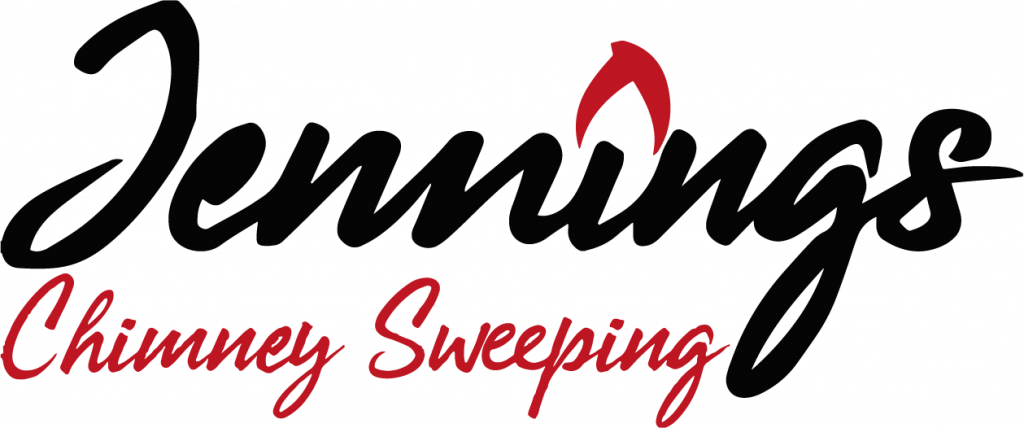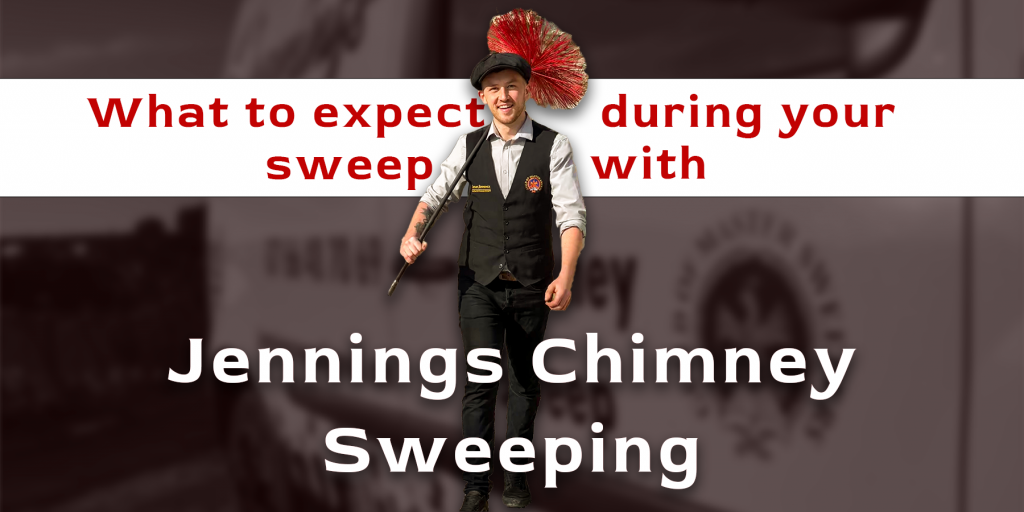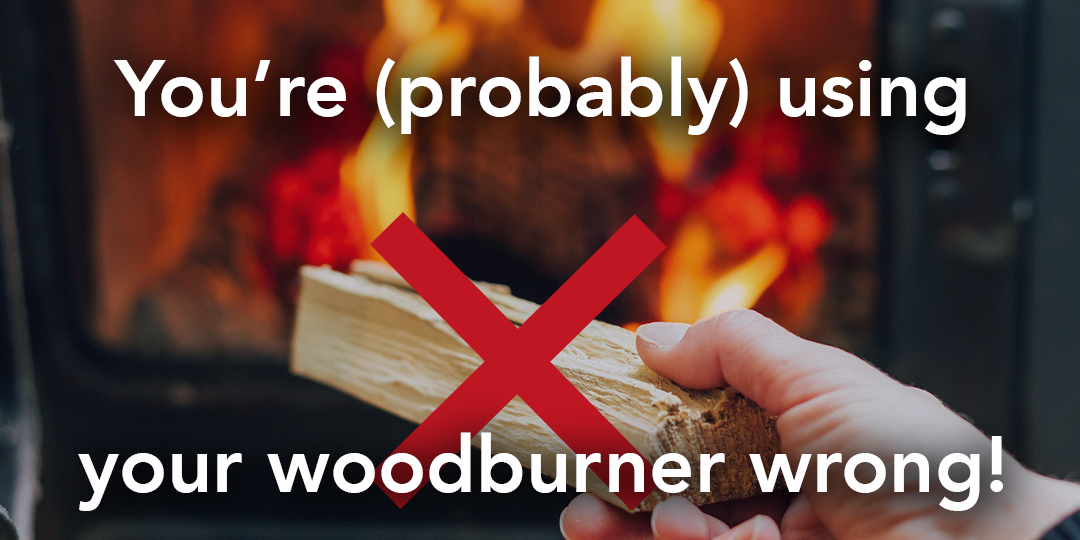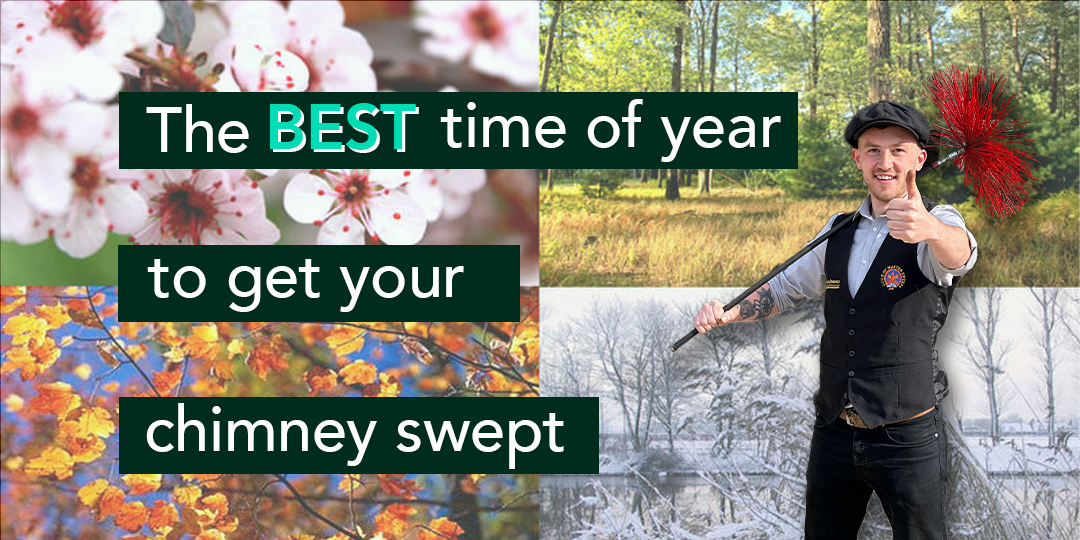For many who relocate to France, using a woodburner or fire to heat their home can be a novel change and something they’re certainly not used to (Especially if you are used to the magical thermostat of central heating). After mastering the basics of using your stove and a season of good use, the chimney will be due it’s first annual inspection and cleaning. The next step is to book your sweep.
Having made your appointment and received your confirmation email you may now be sat wondering; “What actually happens during a sweep”?
Gone are the days of Dick Van Dyke rocking up, covered in more soot than is in your own chimney, making a mess and then being on his merry way. In fact, modern day sweeps aim to leave homes cleaner than when they arrived! Each Sweeping company will of course provide a slightly different service and if you are still comparing sweeps, do make sure you are comparing like for like. In this short read we are going to cover what to expect during your Jennings Chimney Sweeping sweep from start to finish.
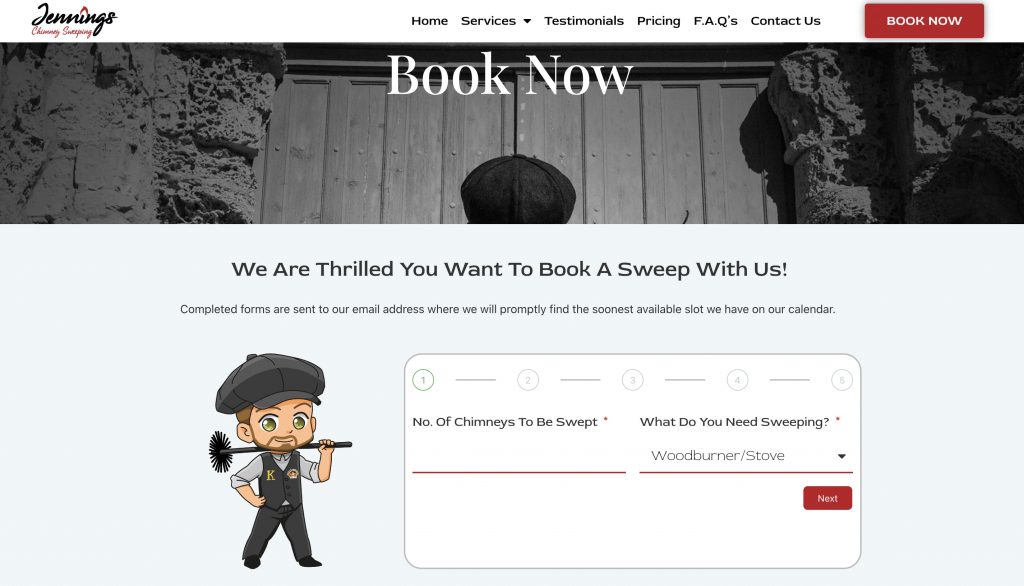
Booking your Sweep
Firstly, you will need to contact us to book a date for your sweep to take place on. The busy season for Chimney Sweeps (or silly season as we call it) is between September-December. In this period, depending on availability in your location, there can be up to a 16 week wait for appointments! Most people who prefer a winter appointment will have booked in their appointment during the summer – no later than the end of July. Outside of that period, waiting times are up to but rarely more than 2 weeks in advance.
In order to book your sweep, we will need the following information:
- Your Name
- Your full address
- What it is that you need sweeping (woodburner, pellet burner, open fire, etc)
- Your mobile number (optional but allows us to send an automated text when we are en route to you)
- A photo of your fireplace (optional but very helpful for us planning your appointment)
You can contact us via phone, whatsapp, text or email but we recommend filling out the ‘book now’ form located in the search bar above.
Appointment reminders
Communication is one of our core principals at Jennings Chimney Sweeping. When making an appointment with us, you will receive a Booking confirmation email detailing the date and time of your appointment. You will also receive a Booking reminder email one week before your appointment as well as a reminder text the day before we are due (Assuming we have your mobile number on file). Due to the nature of Chimney Sweeping, all appointment start times are approximate only. Because of this you will receive a text letting you know when we are en route to you and how long it should take us to arrive.
Preparing for the day
There is not much preparation needed for a Chimney Sweep. We ask that any ornaments are removed from around the fireplace and a space roughly 1.5 x 2M is left in front of the hearth for us to work from. Please make sure your fire goes out before you go to bed the night before your appointment and remove any ash from your stove, before we arrive. To be best prepared, please skim through this short read: How to Prepare for your chimney sweep.
We’re on our way
We will arrive shortly after you receive your ‘en route’ text and will knock on the door with a fresh, clean ground sheet underarm. After making introductions we will ask you to lead us to your fireplace and will set down the ground sheet in front of the hearth, ready to go. Next we will fetch our equipment from our van which consists of rods and brushes, a Hepa rated vacuum, soot cloths to cover your stove, tool box and CCTV camera. Once we are set up, the sweep itself can begin.
During your sweep
Please do feel free to stay and watch us conduct your sweep, equally, if you have things you need to be getting on with, please do not feel you need to stay. Your sweep is highly trained in all aspects of chimney systems and the principals of combustion and as such can offer a wealth of information for how to get the most out of your fuel, your stove and is fantastic at fault finding and troubleshooting. Please feel free to ask lots of questions and do let us know if you are experiencing anything that you think may not be quite right.
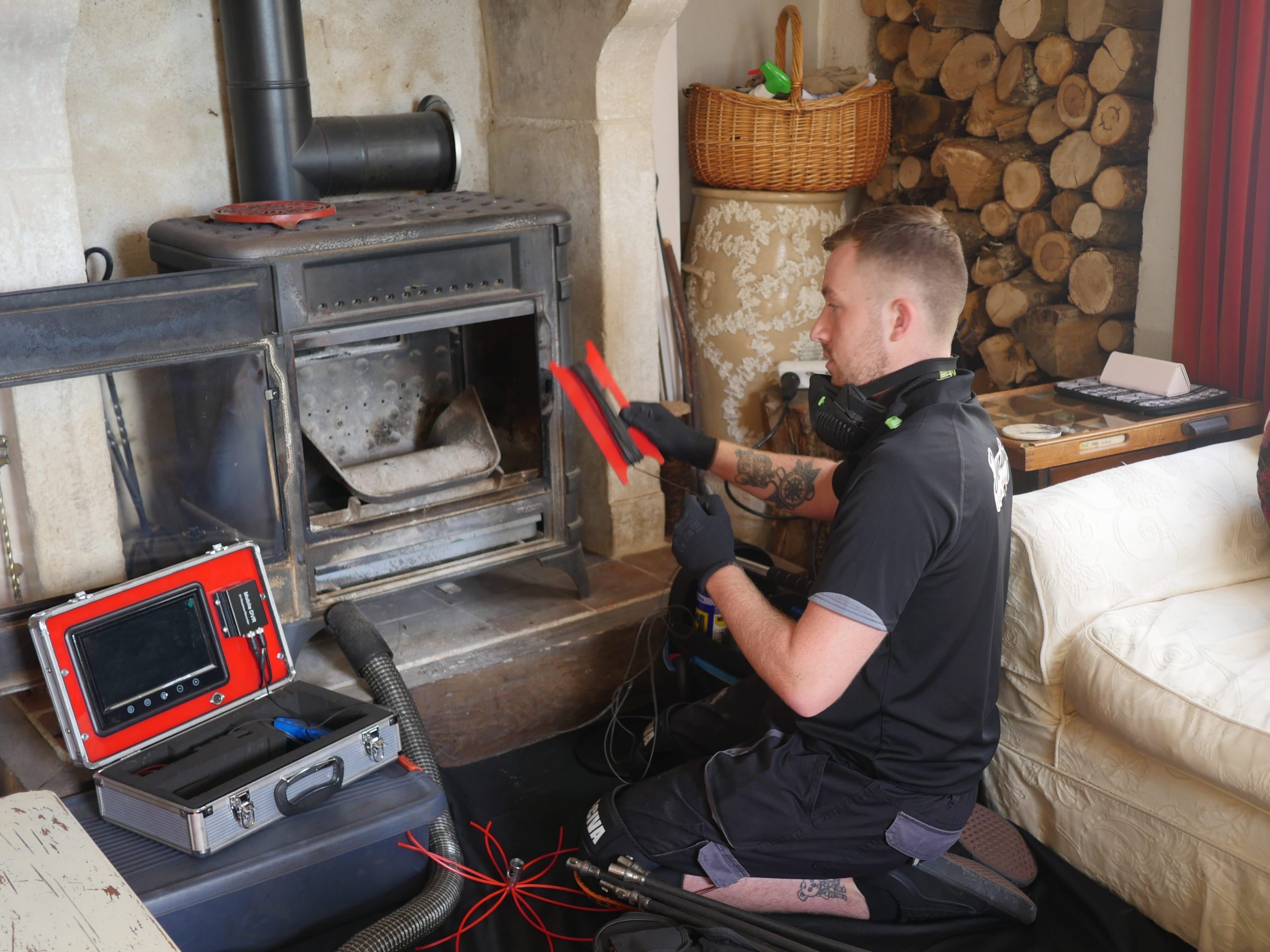
Doing things differently
All modern day sweeps, or at least, those with formal qualifications and associations will carry in their arsenal a camera system for viewing the internals of chimney systems. It is not commonplace for a CCTV survey to be undertaken on every chimney, often camera systems are only brought on site when there is a suspected issue and are charged as a separate service to a Chimney Sweep.
At Jennings Chimney Sweeping however, we made the decision to CCTV inspect every system we sweep that allows camera access. Thanks to this decision, we have found faults and prevented potentially serious injuries on systems that would otherwise have remained undetected. Your safety is our primary focus and therefore the CCTV aspect of your sweep is not charged at a premium but is instead included in the price of our standard sweeping service.
The Sweep itself
The sweep will first consist of gaining access to the flue. All woodburners house a plate in them called a ‘baffle plate’. This plate protects the flue from flames and also forces the gases from your wood to navigate and stay at burning temperatures longer so that they combust before being lost up the flue. In most cases, your sweep will gain access to the flue by simply removing this plate, revealing the chimney behind. In some cases and where appropriate, your chimney sweep may gain access to the flue via a ‘T piece’ behind the stove for appliances with a rear outlet.
Once access to the flue has been gained, the first step is to conduct the CCTV inspection. A camera will be connected to the sweep rods and fed up the flue whilst a live display will show your sweep (and you if you would like to watch) the composition and condition of your system, the level and types of build up that have formed and the length of the chimney. Assuming everything looks as it should, the sweep will use this information to select an appropriate brush head and the correct amount of rods to feed up the chimney.
The camera will be brought down, the brush connected and fed into the flue opening and the soot cover cloths set up. These soot cloths, in tandem with the connected Hepa Rated vacuum ensure all the debris is contained within the system and does not enter your home. Your sweep will continue feeding the brush to the top of the chimney by connecting each meter length rod to the next until the brush exits through the top of the flue.
At this point it is traditional to go outside and take a look at the chimney sweep’s brush poking out the top of the chimney and to make a wish – If there are any children present during the sweep, your sweep will likely offer to go out with them and make a wish together.
Once the brush is out the top of the chimney, your sweep will connect the high torque drill and begin the sweep, cleaning the chimney in 1m sections as the brush travels down the flue. Once out the bottom, the soot cloths are removed, the equipment cleaned and the debris cleared from the stove. Your sweep will check the condition of your stove during the cleaning and will maintain any mechanisms which are becoming a little stiff.
Your sweep may choose to conduct a second CCTV survey if they need to inspect any part of the installation now it is clean or to confirm the removal of more stubborn deposits. A type 2 smoke test is conducted to check the sufficiency of ventilation into the room. This consists of closing all the doors and windows to the outside of the property to make it as air tight as possible before lighting a smoke pellet in the stove and monitoring its evacuation.
Once finished, your sweep will replace all their equipment back in the van and return to commence the final clean of the area. Once satisfied, a quick spritz of air freshener will be sprayed to leave the area smelling like roses (or whichever scent is in the can of choice that day). On that note; we install pleasant scents inside all our vacuums to make sure that only great smells come out the exhaust. Our go to is a lovely Cherry-Almond bakewell fragrance!
Paperwork
During the maintenance of your chimney and stove, your sweep will have been inspecting the composition and surround of your system to make sure it conforms to French regulations. If there are any non-conformities, these must be recorded on your ‘certificat de ramonage’, supplied with every sweep. Every non-conformity should be rectified to guarantee the safe use of your appliance. In the event that your system is immediately dangerous to use, this will be indicated on your certificate and pointed out by your sweep.
Once completed, your sweep will ask you to sign the certificate to confirm you are both happy with the service provided and understand any notes on the certificate if there are any present. The certificate is then sent to you alongside your facture (Invoice) by email as well as any accompanying documents that may have been created during your appointment.
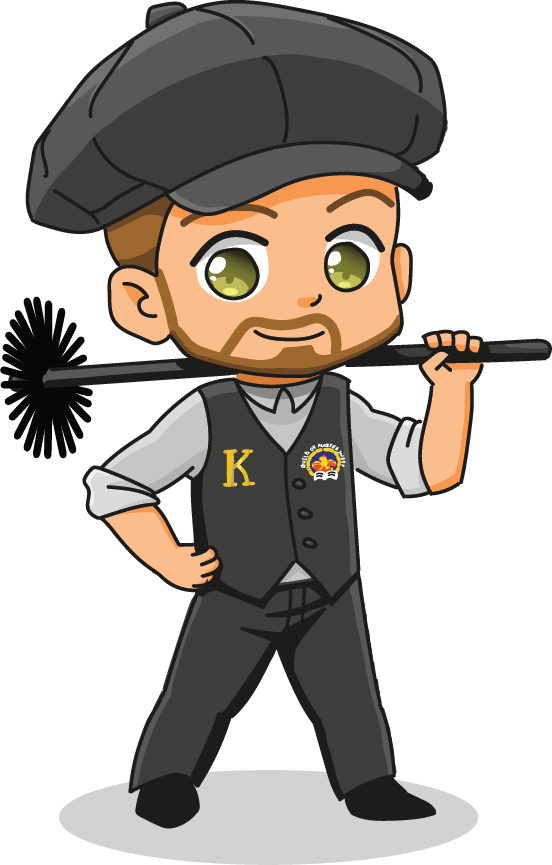
Payment
Jennings Chimney Sweeping accepts Cash, Cheque, Bank transfer (Bacs) and Online payments via Stripe. Cash or cheque payment on the day is preferred.
If you opt for either bacs or online payment you will receive your certificate de ramonage and any other accompanying documents upon receipt of payment. Bank details and online payment links will be sent on the day of the appointment and payment is required within 14 days of the invoice date in line with our Terms and Conditions, agreed to when booking an appointment, found here: https://www.jenningschimneysweeping.com/pricing/
Anomalies
In the event that a sweep cannot take place for any reason such as a lack of access to the flue, a problem with the system or the lack of a chimney to sweep (It happens), your sweep will be sure to explain in detail any issues, their symptoms and causes and how to rectify the situation. If any additional work is required, your sweep will be sure to explain this to you and will communicate clearly the costs involved before proceeding with additional work. In the event that additional work falling outside of our remit is required, we will, where possible, provide recommendations of those who can help with next steps.
Cheerio
And just like that, your sweep will disappear back into their van and be on their way. Other than a very clean chimney, you wouldn’t know that they’d have been. Your facture and certificate will arrive in your email inbox the same day as your sweep took place. We rely heavily on reviews both on Facebook and Google and are incredibly grateful whenever anyone takes the time to leave us some feedback. Equally, we are always looking to improve and would love to hear if there is anything you think we could have done better – You can contact us here.
In your follow up email, you will find links to products we recommend every fire user has. These include necessities such as Carbon Monoxide detectors, Stovepipe thermometers and Moisture meters and those great to have like stove fans and ash vacuums. All necessities are available to be purchased during your appointment from your sweep; prices can be found here: https://www.jenningschimneysweeping.com/pricing/
See you next time
When signing your certificate de ramonage, you will be prompted as to if you would like to receive a reminder for your next sweep. If you opt in you will receive a reminder email to book your next sweep before the next silly season begins to fill up. You will find the recommended interval for your next sweep on your certificate though most choose to have a annual sweep regardless as required by almost all house insurance policies. We recommend you check your own or contact your insurance agency to ask the intervals they require you have your chimney maintained on your policy.
In the meantime, if you have any questions or if we can help in any way, please do contact us by your preferred means. We look forward to seeing you soon.
